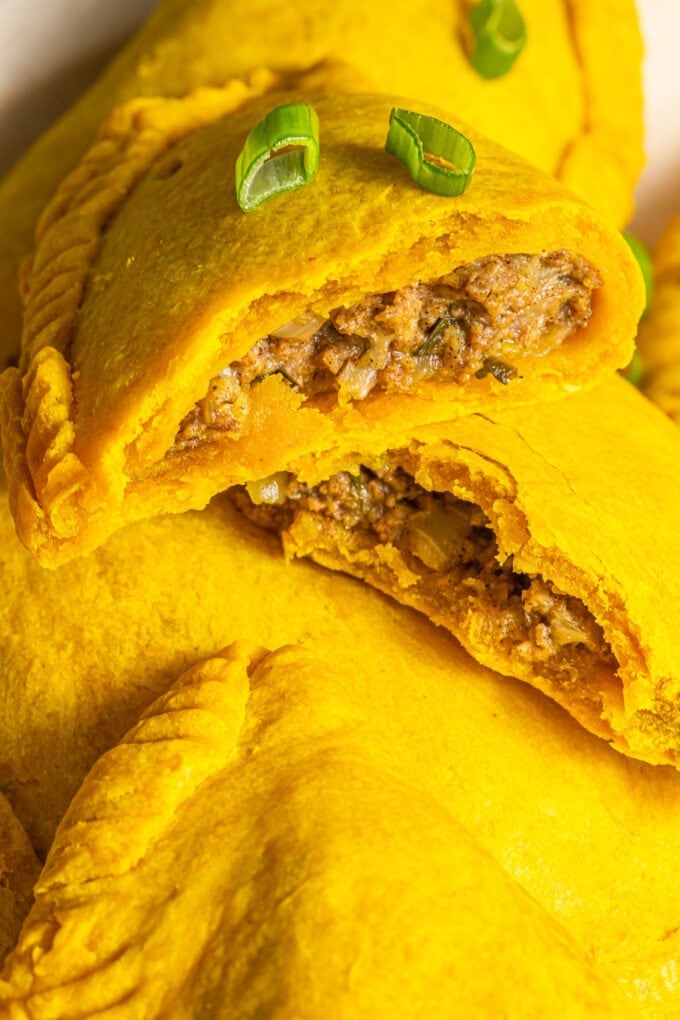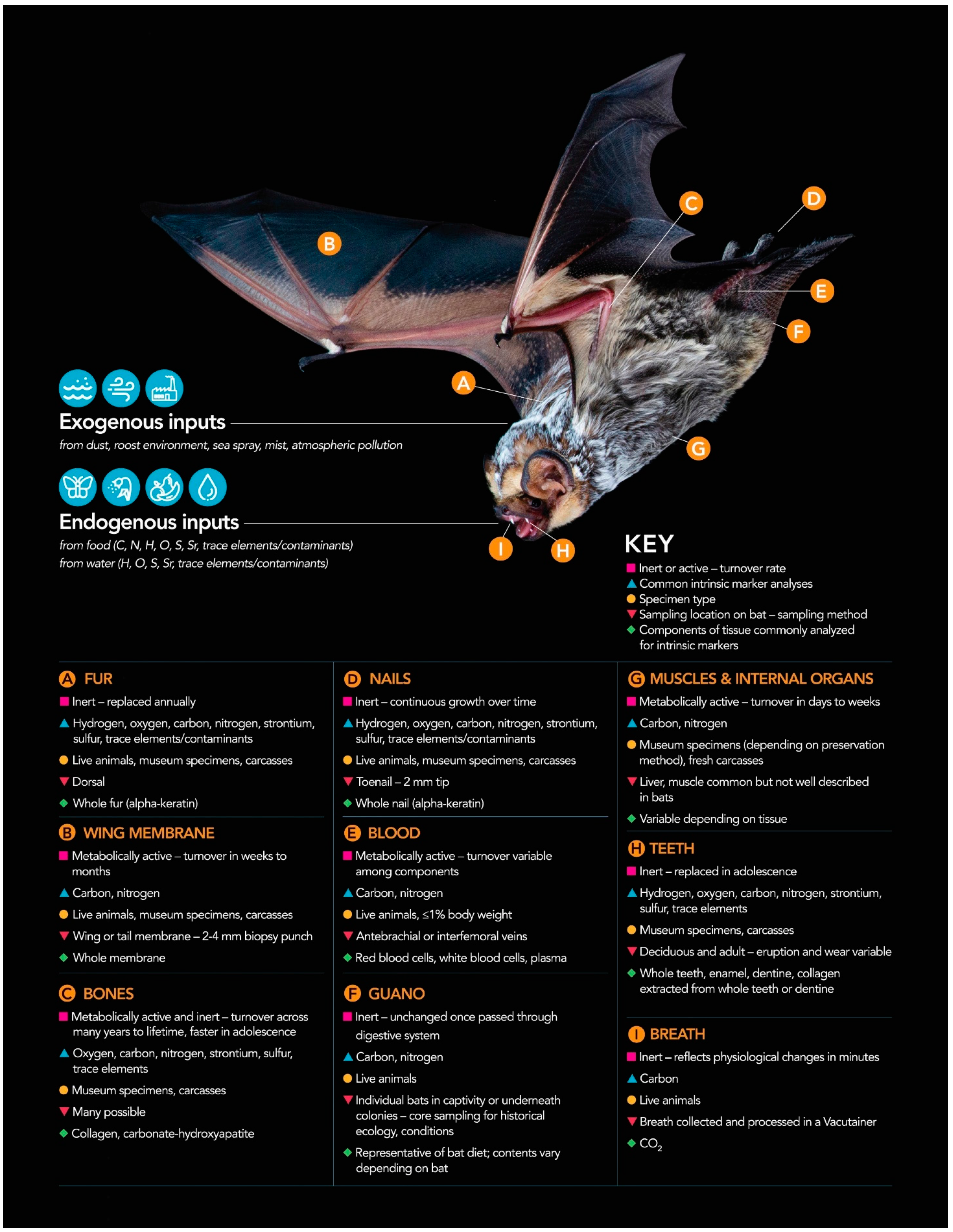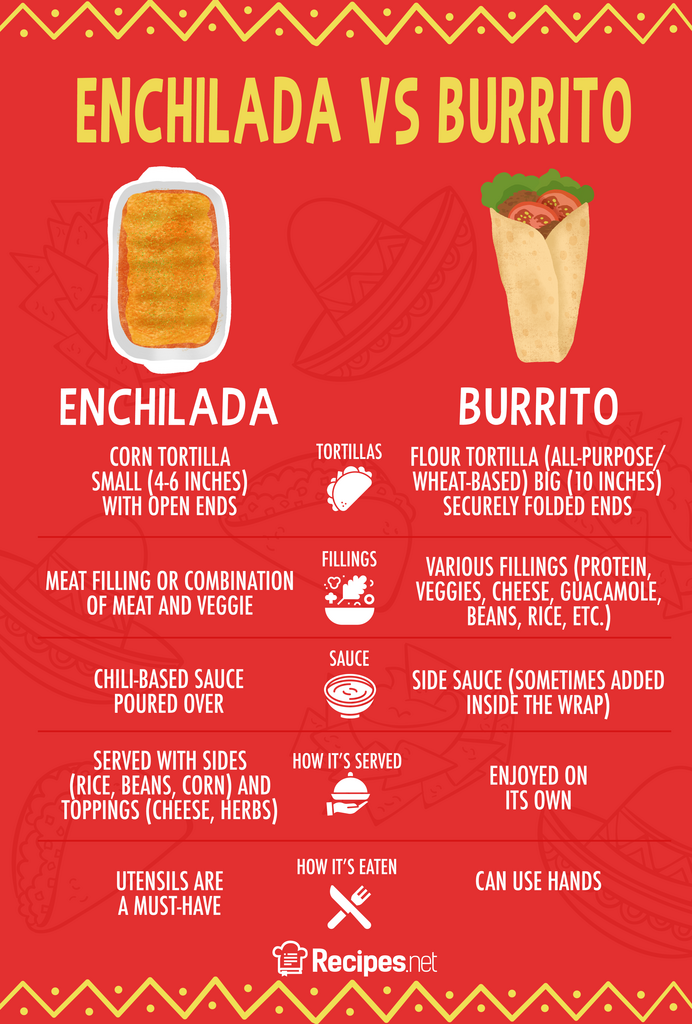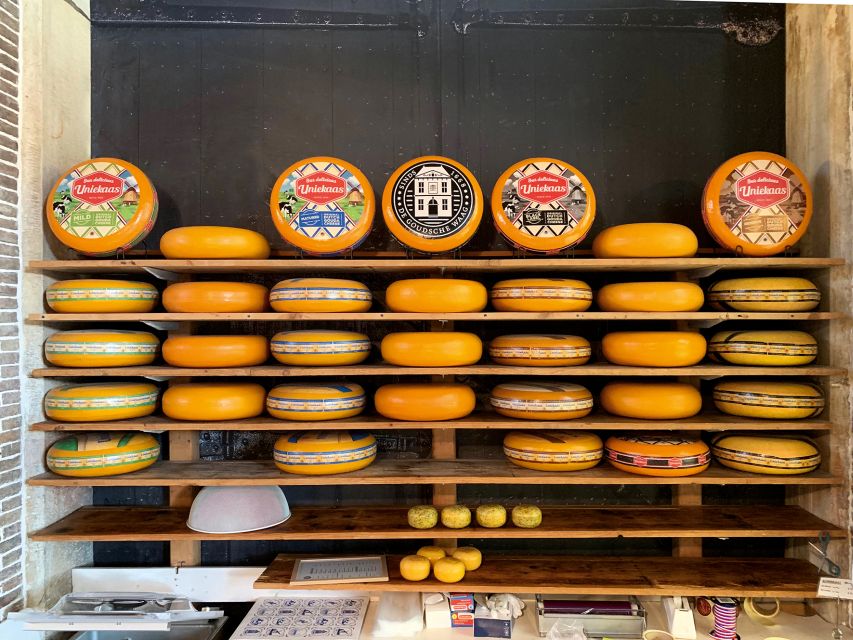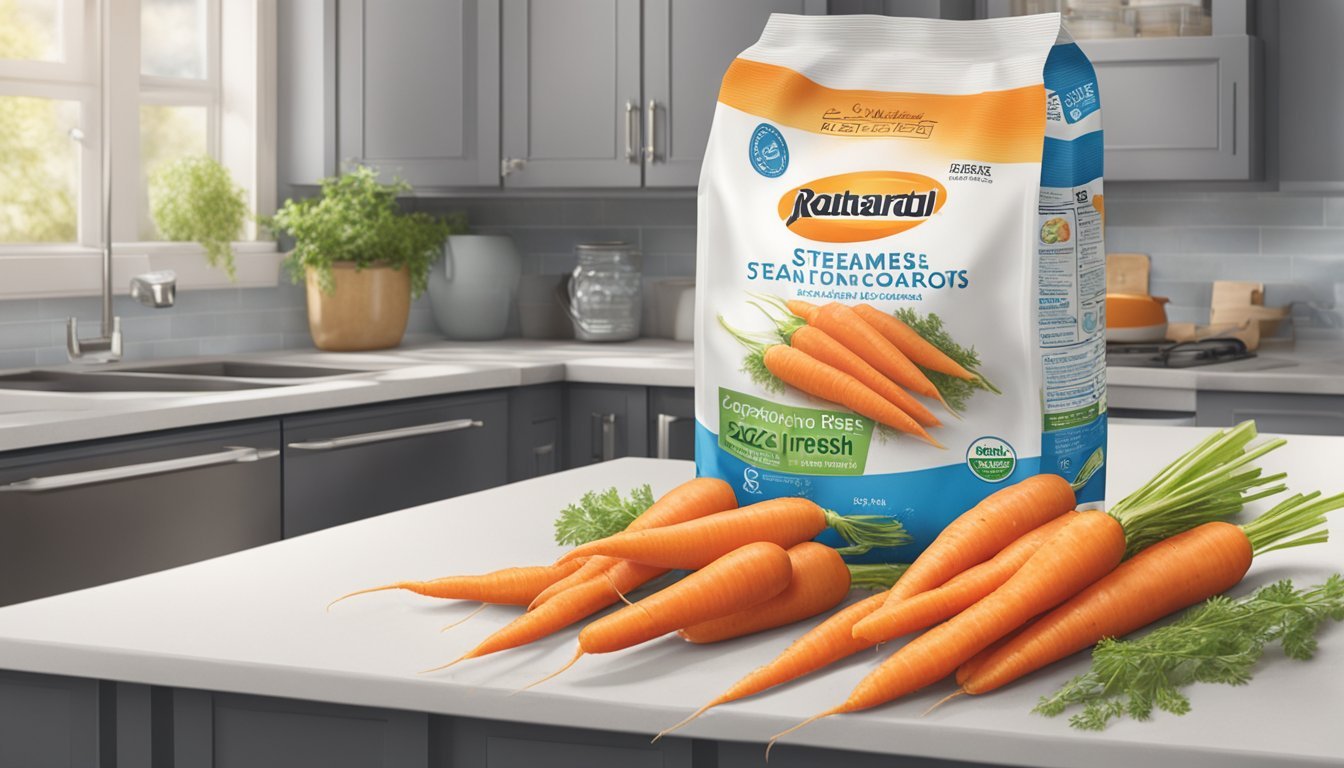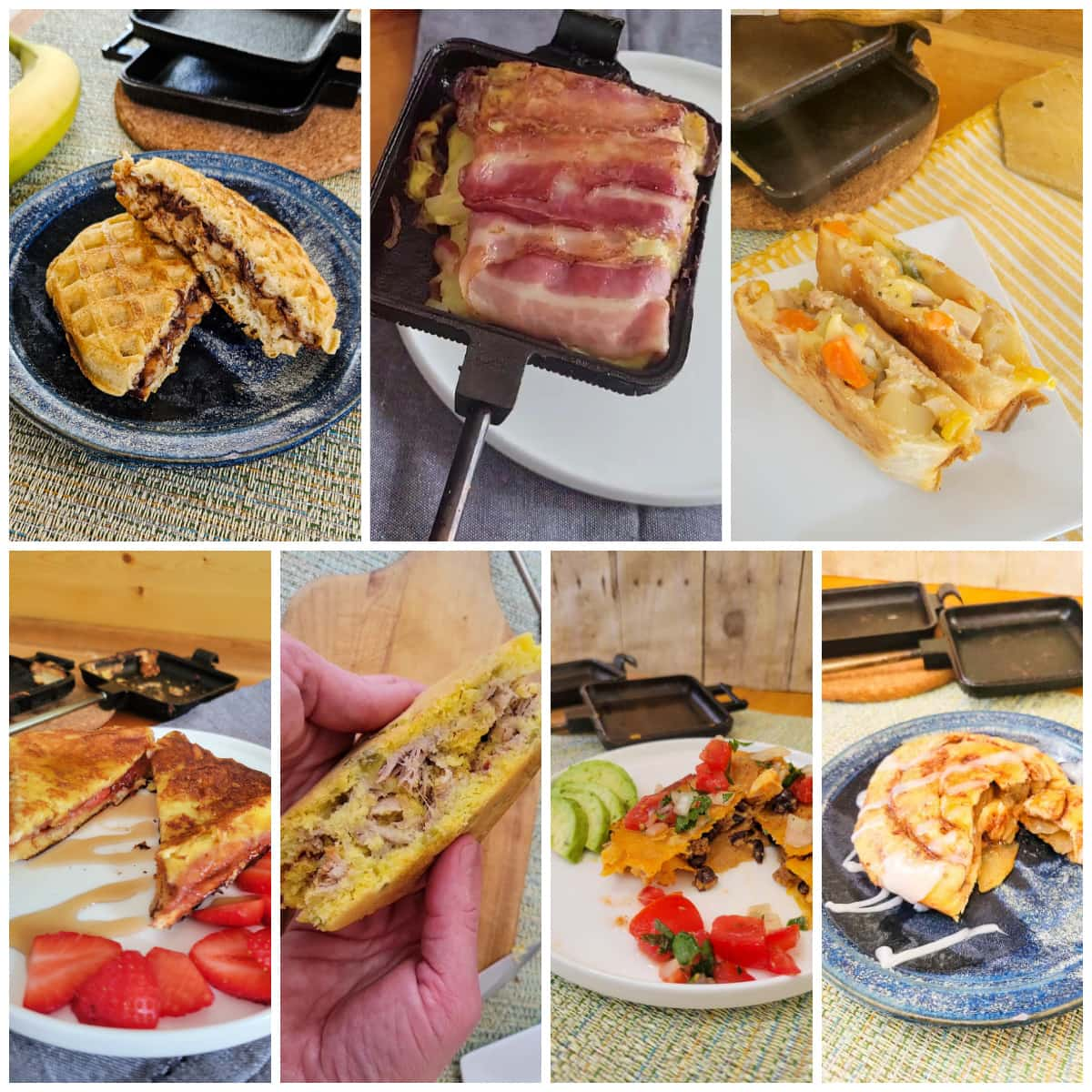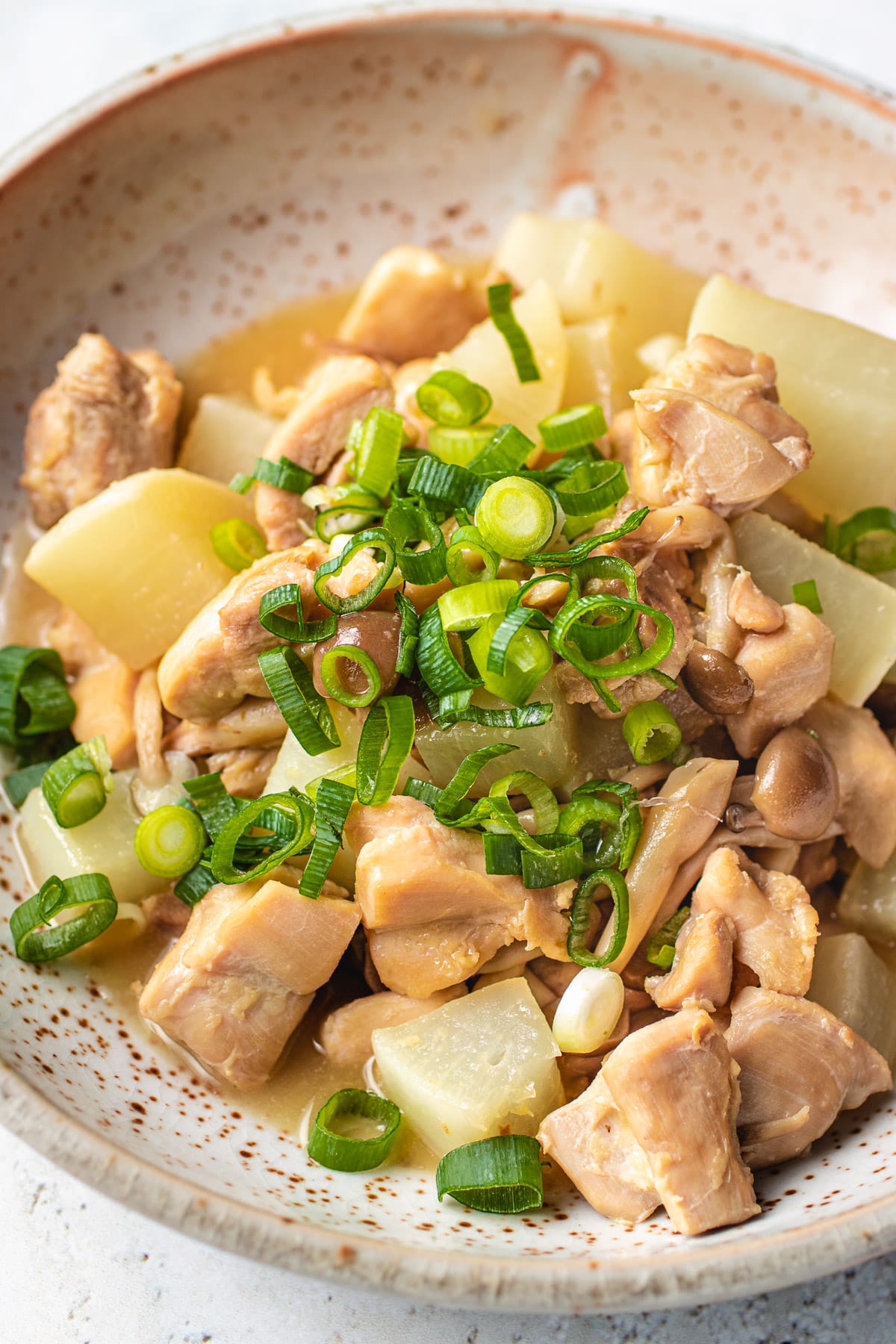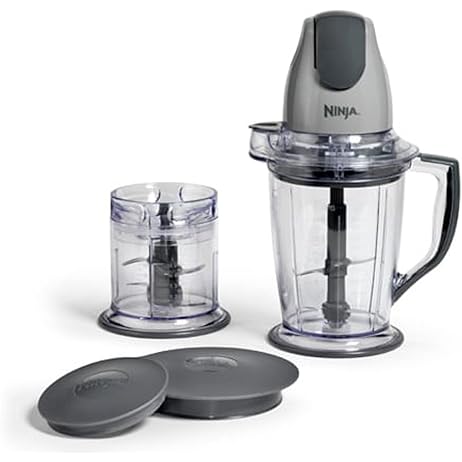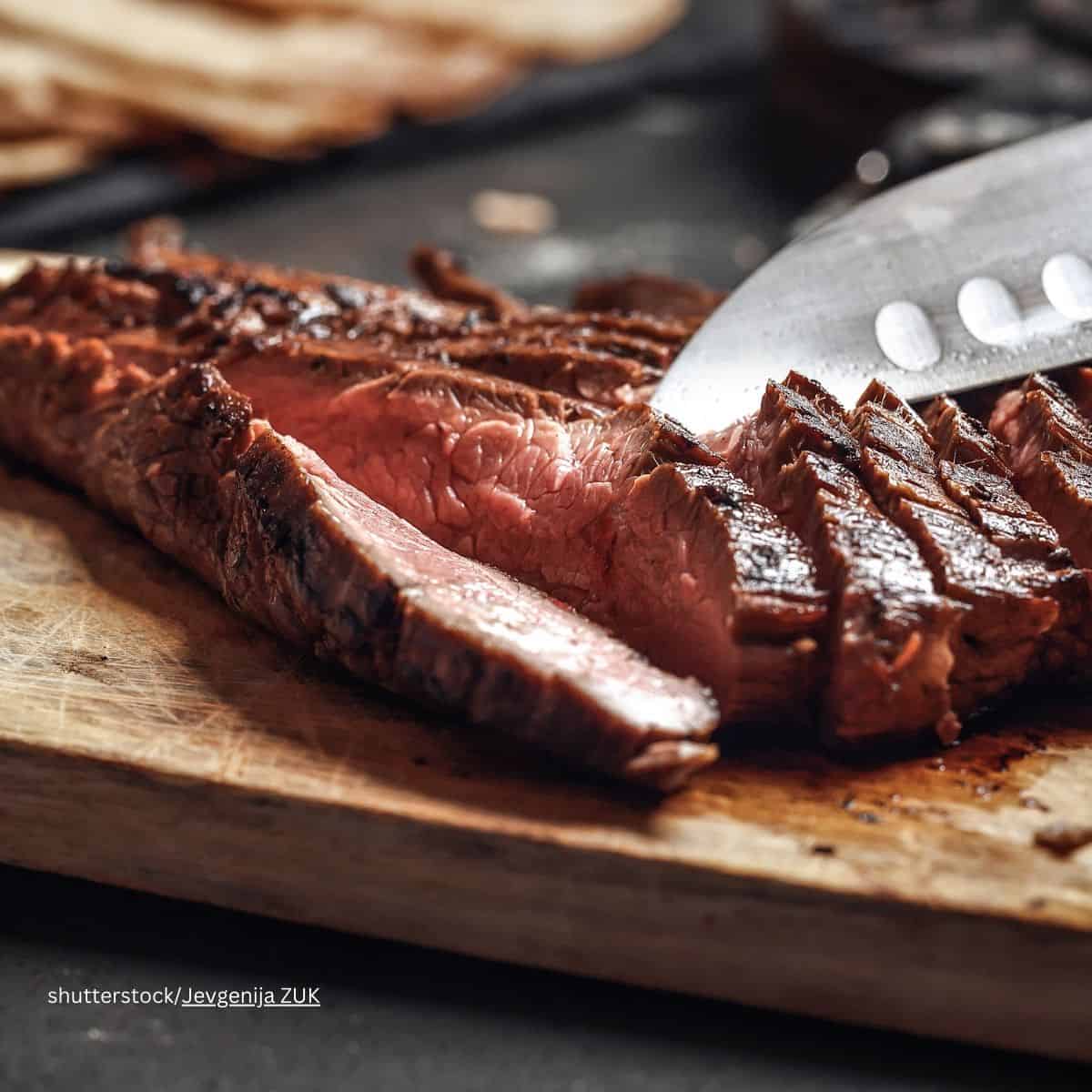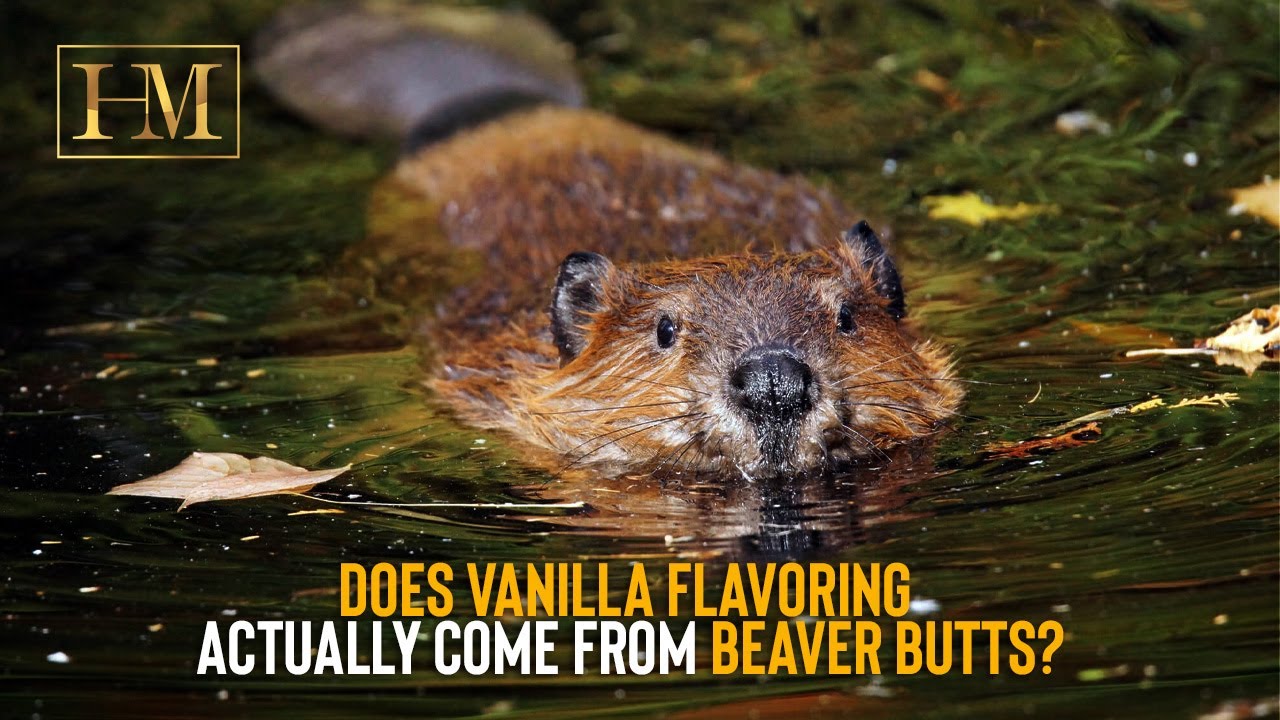– Enchiladas are a classic Mexican cuisine entrée made with soft corn tortillas rolled around filling ingredients, smothered in a spicy tomato-based chili pepper sauce, and baked in the oven.
– The sauce is a defining characteristic of an enchilada, which stems from the Spanish word “enchilar” meaning “to season with chili.”
– Ingredients in an enchilada typically include a corn tortilla wrap, meat fillings, tomato-based chili sauce, cheese, and garnishes such as green onions, cilantro, sour cream, guacamole, and fresh salsa.
– Authentic enchiladas are made with soft corn tortillas.
– Enchiladas are typically eaten with a fork and knife and are served with rice and beans.
– Enchiladas are not considered healthy due to their high calories, saturated fat, and refined carbohydrates. A plate of beef enchiladas at a restaurant can have anywhere from 600 to 1,200 calories.
– Enchiladas can be made healthier by reducing oil, using chicken or beans instead of beef, skipping cheese, and pairing with lighter sides like salads and salsa.
– Chimichangas are deep-fried Mexican dishes that typically contain meat, cheese, and vegetables.
– Common fillings for chimichangas include shredded chicken, ground beef, pork, refried beans, sautéed peppers and onions, and various cheeses.
– Chimichangas are always deep-fried, but can be made healthier by baking or air frying them instead.
– Chimichangas are typically served on a plate and topped with garnishes such as sour cream, guacamole, and salsa.
– Chimichangas are considered unhealthy, with a typical restaurant chimichanga containing around 800 calories, over 30 grams of fat, nearly 80 grams of carbs, and almost 2,000 milligrams of sodium.
– To make a healthier chimichanga, one can use a large flour tortilla, lean chicken or vegetarian options for the filling, and bake or air fry instead of deep frying.
– Enchiladas are traditionally made with corn tortillas, while chimichangas are made from white flour or whole wheat tortillas.
– Enchiladas have minimal fillings, usually meat (beef or chicken), and can be made vegetarian. Chimichanga fillings vary and include a mixture of meat (beef or chicken), beans, veggies, and cheese.
– Enchiladas are baked in an oven, while chimichangas are deep-fried.
– An enchilada is usually soft and eaten with a fork, while a chimichanga is a crispy deep-fried burrito.
Continue Reading
